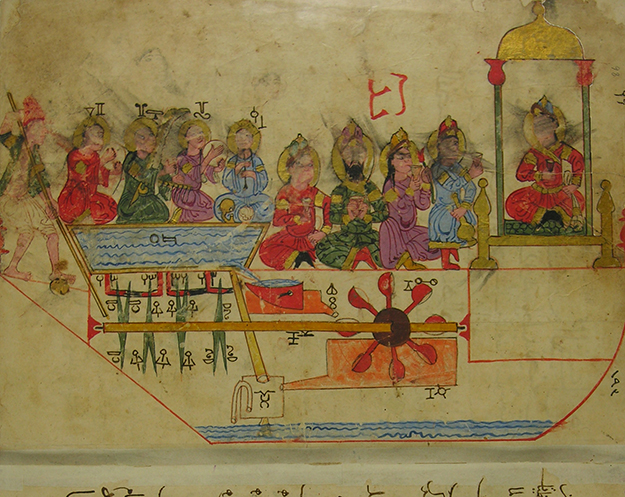Automated Slaves, Ambivalent Images, and Noneffective Machines in al-Jazari’s Compendium of the Mechanical Arts, 1206
Identifier (Artikel)
Abstract
Automated slaves abound in Ibn al-Razzaz al-Jazari’s famous Arabic compendium of the mechanical arts (ca. 1200), suggesting a conflation of slave and machine, while reflecting the range and significance of courtly slavery in the Artuqid realm. A 1206 illustrated copy, however, complicates both the idea of forced labor’s mechanical reproducibility and the fantasy of the machine as perfect servitude, especially in a context that witnessed slaves’ relative access to social mobility. At once figurative and diagrammatic, the pictures steered away from the mechanical by adding historical, social specificity; indeed, they echoed a range of courtly images that situated, rather than stereotyped, slave labor. Similarly, owing to technological limitations, the machines would have likely highlighted, rather than minimized, courtly slaves’ technical and social participation.
Statistiken


Lizenz

Dieses Werk steht unter der Lizenz Creative Commons Namensnennung - Nicht-kommerziell - Keine Bearbeitungen 4.0 International.


